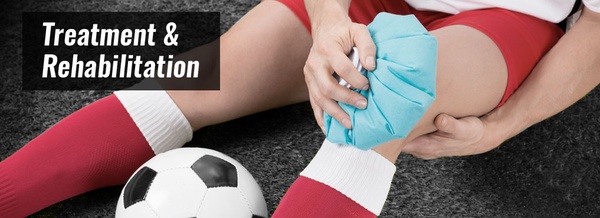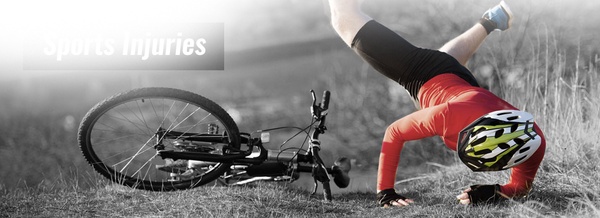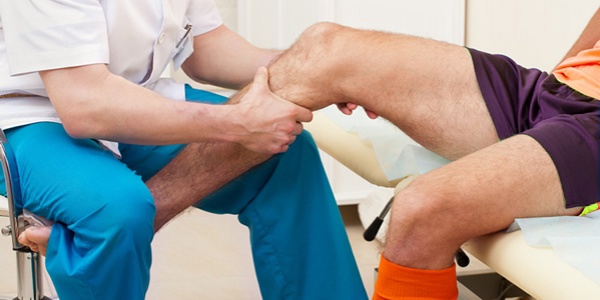There is a common saying within sports teams – ‘Exercise cures chronic injuries; Treatment cures acute injuries’. This means that the treatment of acute sports injuries depends upon doctors and medicine while chronic injuries require exercise with a high degree of scientific training. Apart from the technical skill of the trainers, rehabilitation plans made by doctors and therapists are also an indispensable component of scientific training. To achieve successful rehabilitation, please pay attention to the following points:
Firstly, please take heed of the amount of exercise. Rehabilitation treatment should be arranged after assessing the severity of the symptoms, post-traumatic pathologies, personal injury recovery characteristics and the skill requirement of the sports activities. For example, in term of rotator cuff injuries, a person has pain when doing a specific movement but no pain after warmup exercises, s/he can undertake normal training; if the person feels pain at rest but no pain after warmup exercises, s/he should lessen the amount of training; if the pain exists before and after warmup exercises the person should stop training partially.
Secondly, improper movements should be corrected during the process of exercising; lots of chronic sports injuries, which take a long time to recover, result from poor training practices. The technical movements should be changed and a compensational function practice developed. Based upon the athlete’s injury, his or her training should be adjusted to strengthen the exercise intensity of muscles around the injured area in order to relieve the pain caused by the exertion of force upon the injured area. Later, the rehabilitation should reinforce strength training of the injured part – a good exercise arrangement can help remove adhesion, improve blood circulation and joint mobility while also fortifying muscle co-ordination thus the affected muscles will co-operate in reducing the risk of injury.
Lastly, the implementation of the rehabilitation exercises should be executed with the collaboration of three parties: a doctor who proposes the principles of the treatment, a trainer or therapist who draws up an exercise plan, and the athlete, who implements it. According to the rehabilitation schedule, regular injury checks and assessment of the athlete’s skill level should be conducted weekly to assess the progress and adjust the amount of exercise based upon actual circumstance.





